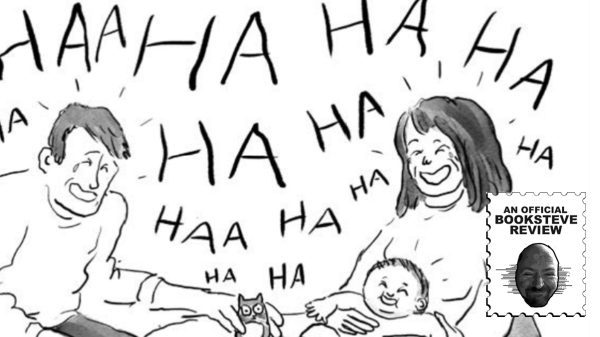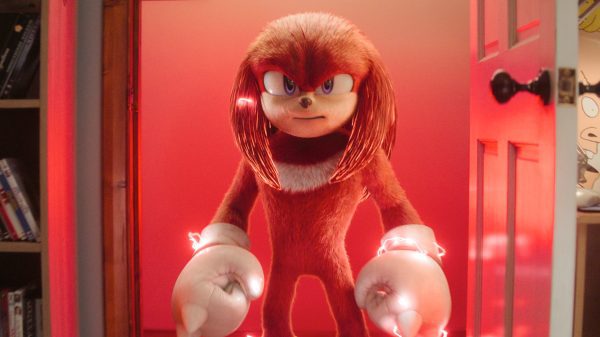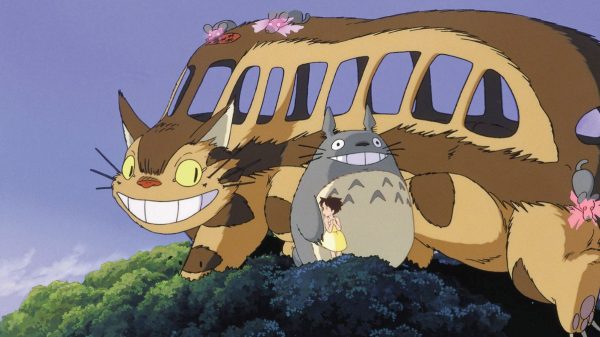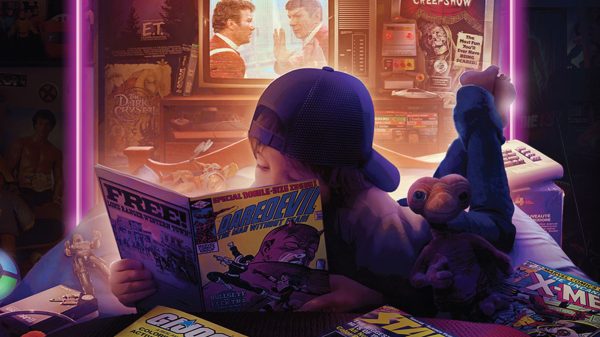 Produced by Peter Chernin, Dylan Clark,
Produced by Peter Chernin, Dylan Clark,
Rick Jaffa, Amanda Silver
Written by Mark Bomback, Matt Reeves
Based on Characters created by
Rick Jaffa, Amanda Silver
Premise suggested by
Planet of the Apes by Pierre Boulle
Directed by Matt Reeves
Starring Andy Serkis, Woody Harrelson,
Steve Zahn, Amiah Miller, Karin Konoval,
Judy Greer, Terry Notary
When Rupert Wyatt’s Rise of The Planet of The Apes was released in 2011, it not only served as a fantastic prequel to the long running franchise, but also reinvigorated it, utilizing state of the art motion capture computer special effects.
The second installment, Dawn of The Planet of The Apes and this final chapter, War For The Planet of The Apes were both directed by Matt Reeves, and despite a solid entry into the mythology with Dawn, this latest installment is far less successful.
Part of the problem is the technology itself. Whereas Rise ultimately focused on the human characters, and Dawn successfully looked at a world changed by the virus that gave the apes their intelligence, War feels both overlong and underdeveloped
The inimitable Andy Serkis reprises his role for a third time as ape leader Caesar, who struggles to find a way for the apes to peacefully live alongside the threatened human population. This time out, the villain is The Colonel, leader of a rogue human military unit played with great effect by Woody Harrelson. Also introduced in this chapter is mute girl, Nova played by Amiah Miller (and who’s character reappears in two of the original films played by Linda Harrison) and Steve Zahn as Bad Ape (who proves that he’s one of cinema’s most annoying character actors regardless of species).
Inherently, I found three major problems with the film. First, it’s far too long. At 140 minutes, the film struggles to keep the action moving. And there’s a good reason for that.
Second, there’s no real “War” in War For The Planet of The Apes. Melees? Sure. Skirmishes? You bet. War? Not really.
Finally, far too often I felt like I was watching an animated film. With the exception of a few human characters, and despite the use of motion capture, I far too often felt little attachment or worse, interest in the world presented. There’s no real emotional weight. Just lots of pixels working really, really hard.
And there’s the rub. Far too often we’re now seeing films literally constructed piece by piece in a computer. From environments to clothing to even the most smallest minutia of details. Who is responsible? The director? The effects guys filling out the green screen on a computer?
It’s been said that, “a million monkeys at a million keyboards could produce the complete works of Shakespeare.” How many will it take to make a summer tentpole?





































































































You must be logged in to post a comment Login